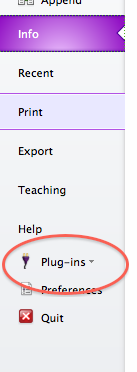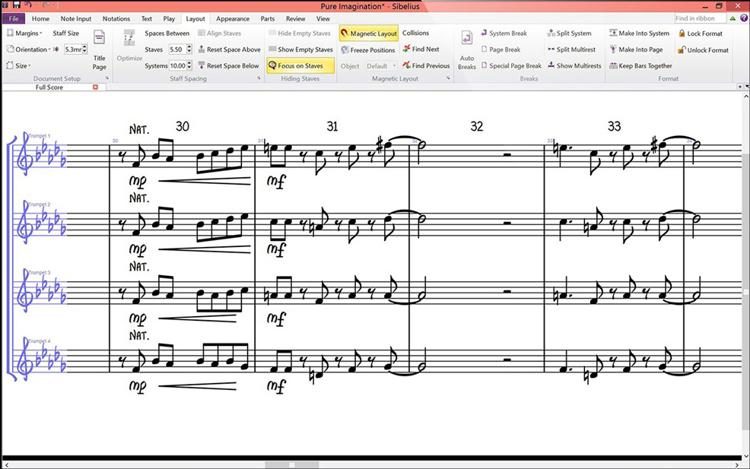
Then if you want a graphic marker, import the Tab… house styles appropriate to your TAB staff (only import symbols, noteheads, and text styles from these House Styles). Run the plug-in to determine which type of TAB staff you will need, or guess from the house style names after importing the staff types in house style \"Capoed Staff Types\". To use these, you can make a copy of one of the included scores if applicable, or make up you own scores from the included parts. A sample score that demonstrates how to set up a score for standard tuning capoed at fret 2 is also included. A set of scores, suitable for saving as manuscript paper, set up for standard tuning guitar (with rhythms) capoed from frets 1 to 12.This contains staff type definitions for tunings capoed from 1 to 12 frets, with both sharp and flat variants for these tunings:

Capoed TAB staff definition house style, \"Capoed Staff Types\".Import the symbols from the desired house style into the document containing the TAB staff, and then use Create > Clef.

The house style name explains the kind of clef available (such as \"Tab Capo Clef Full 1.lib\", which has a marking for a full capo on fret 1, or \"Tab Capo Clef E Sus 2.lib\", which has a marker for a partial capo on strings 3, 4, and 5 on fret 2). This is a series of house styles, each of which redefines the symbol \"Tall 4 string tab clef\", which is used for a clef style in Create > Clef. It also calculates the transposition interval, final key, and transposition change setting for notation staves. This plug-in takes an initial key and guitar tuning and calculates the tunings at various capo positions.

TAB staves do not support transposition changes, so if you want a staff that plays back at the correct pitch, you must define a staff type whose pitches are the pitches at the capoed fret. This is a set of resources for notating guitar music that uses a capo, especially in TAB staves.


 0 kommentar(er)
0 kommentar(er)
